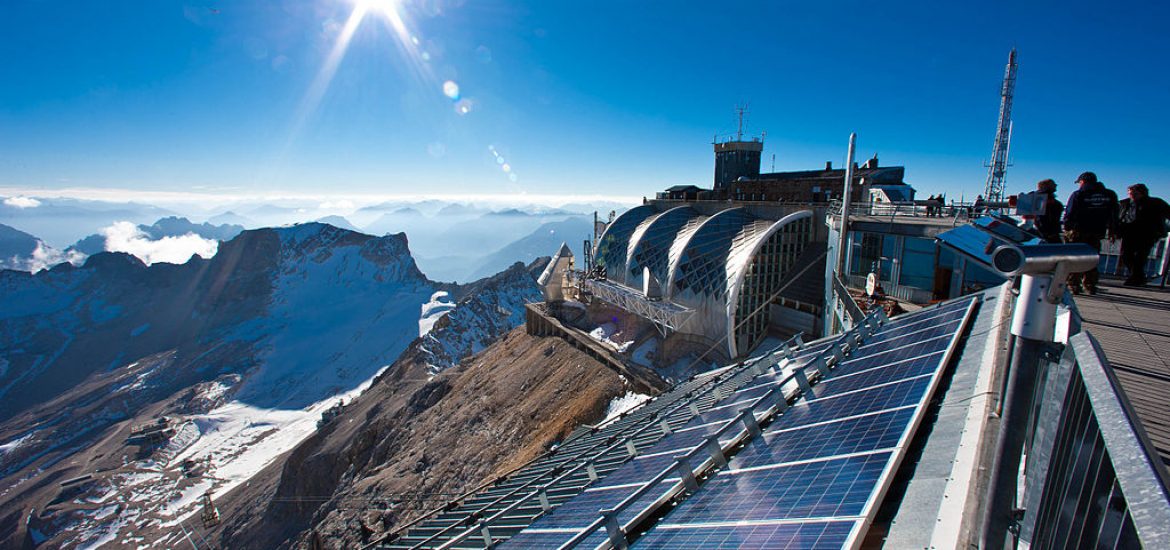
Global investment in renewable energy boomed in 2017, far outstripping investment in fossil fuels, the UN reported, although Europe lagged behind the move to green power.
China was by far the largest investor in renewable energy last year, accounting for nearly half of the new infrastructure commissioned.
Beijing’s support for solar power alone globally attracted nearly a fifth more investment than in 2017. Sweden, Australia and Mexico, meanwhile, more than doubled renewable investment.
In the Netherlands, an almost 4.7-gigawatt (GW) rise in installed capacity and strong winds in October and December pushed up generation levels last year, reported Dutch grid operator Tennet.
And wind production in Germany overtook hard coal and nuclear last year, it reported.
Meanwhile, generation from hard coal decreased “significantly”. This was caused by the “phasing out of hard-coal-fire plants” in 2017, Tennet added.
“Yet again, this was a record year for new renewable power capacity being financed,” said Francoise d’Estais from UN Environment’s energy and climate department.
“We had a record 157GW commissioned last year, far outstripping the fossil fuel generating capacity, which we estimated as 70GW.”
In just over a decade, the proportion of world electricity generated by wind, solar and other renewable sources is estimated to have increased from around 5 to 12 per cent.
This figure was still far too low, scholars warned.
“The world added more solar capacity than coal, gas and nuclear plants combined,” said Nils Stieglitz of the Frankfurt School of Finance and Management, which contributed to the report.
“This shows where we are heading, although the fact that renewables altogether are still far from providing the majority of electricity means that we still have a long way to go.”
The rise of renewables cut around 1.8 gigatonnes from carbon-dioxide emissions: the equivalent of removing the entire US transport system.
“The extraordinary surge in solar investment around the world shows how much can be achieved when we commit to growth without harming the environment,” UN Environment chief Erik Solheim said.
“By investing in renewables, countries can power new communities, improving the lives and livelihoods of the people who live in them, and at the same time cleaning up the air they breathe.”
“A dominant trend over the last couple of years has been the falling cost of renewables, wind but particularly also solar, and that has been important for China,” said Professor Ulf Moslener, an energy specialist at Frankfurt School of Finance and Management.
“In China there has also been a strong government push for increasing solar, and that was motivated not only by climate but also other environmental reasons.”
But Europe was lagging behind in global trends, especially when Germany and the UK were removed from the figures.
“The growth globally in terms of investment hides the fact that there is strong growth in China, a slight decline in the US, and a considerably strong fall in investment in Europe – and that is strongly driven by Germany and the UK,” Moslener said.
Europe provides numerous opportunities to harness renewable resources. Picture credit: Wikimedia





